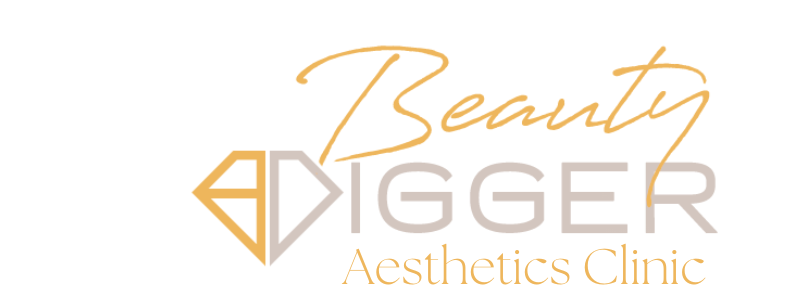Features List
Tear Trough Filler

What is Tear Trough Filler?
Tear trough rejuvenation is a non-surgical aesthetic treatment for patients with lower eyelid dark circles or dark hollows (also referred to as ‘tear troughs’ or ‘tear trough defects’).
In the lower eyelid a weakening of the orbital septum, and in the cheek area (the ‘mid-face”) a loss of soft tissue volume, tend to accentuate the appearance of the lower bony orbital margin which lies between the lower eyelid and the cheek. This also leads to the appearance of lower eyelid fat pockets (‘eye bags’) and together these can lead to a dark shadow or hollow beneath the eyes (a ‘tear trough defect’). This can cause a tired appearance.
In our clinic, all dermal filler treatments are carried out only by experienced, qualified doctors, so you can be absolutely sure of a highly professional, discreet and safe service.
How does Tear Trough Filler work?
Tear trough filler involves injecting hyaluronic acid-based fillers into the under-eye area to address volume loss and hollowing. The procedure works by replenishing lost volume in the tear trough, which can be accentuated by deflation of the mid-cheeks. A thorough assessment of both the mid-cheek and tear trough is crucial before treatment to ensure a comprehensive and balanced approach to achieving natural-looking results.


How is the treatment administered?
Tear trough filler treatment can be administered using a cannula, a thin, flexible tube with a blunt tip, providing a more advanced technique compared to traditional needle injections. With a cannula, the practitioner can navigate the delicate under-eye area with fewer entry points, potentially reducing the risk of bruising and swelling. This method allows for precise placement of the filler underneath the muscle, providing a very natural result and minimizing the risk of creating a puffy appearance. The cannula technique is often preferred for tear trough filler treatments as it contributes to a smoother and more even distribution of the filler, enhancing the overall aesthetic outcome and ensuring a more subtle rejuvenation of the under-eye area.
Side effects
Tear trough filler treatments, like any cosmetic procedure, can be associated with certain side effects. Common and temporary side effects include redness, swelling, and bruising at the injection sites, particularly in the delicate under-eye area. These effects typically subside within a few days to a week. In some cases, patients may experience slight lumps or irregularities, which can be massaged or may resolve over time.
It’s crucial for individuals considering tear trough filler treatments to choose a skilled and experienced practitioner who can perform a thorough assessment, discuss potential risks, and prioritize safety during the procedure.

Before & After Gallery


Frequently
Asked Questions
The tear trough is the area between your cheek and lower eyelid. As we age, we lose volume in this area, causing under-eye dark circles, hollows and eye bags to appear.
You'll likely have some swelling, bruising, and redness.
These side effects usually improve after 48 to 72 hours.
The area under your eyelids will look fuller right away. But it can take 1 to 2 weeks to see the full results.
Make sure to sleep on your back with your head elevated using 2 pillows for 3 nights-this will ensure that the newly injected filler stays in place. Another option would be to use a wrap around neck pillow to stabilize your head.
That is true, treating under eye bags with filler could actually make them worse. Filler can have the opposite effect on eye bags, making them bigger and blue. Eye bags are tricky to treat and fillers is not the first choice in treating them
Under eye fillers can often look lumpy after the procedure.
The lumpy appearance usually continues to improve over the 2-3 weeks after the procedure. Dr Alexa will likely recommend massaging the area if there is still lumpiness after several weeks and will show you how to do this correctiv.
As with many medical cosmetic treatments, it is not advisable to receive Dermal filler treatments while pregnant or breastfeeding. Dermal fillers have not been tested or verified for safety and efficacy on pregnant patients, so there is no concrete evidence to support the safety of fillers in this group of patients.
In the UK there is illegal to inject anyone with botulinum toxin or dermal fillers for cosmetic purposes. It does not matter if you or your parents or guardians give their permission for the procedures to take place. It is important to note that most people do not stop growing until they reach their early 20s; therefore, it is advised to wait until that age to have cosmetic work done.
There is a tough ligament that connects the skin and bone.
As the bone shrinks with age, this ligament tugs and pulls the skin deeper making the tear trough groove noticeable.
The troughs appear deeper when eyelid fat above the trough is bulging more prominently.
Tear Trough Filler treatment is not usually reported to be very painful by patients of this procedure. The small injections can cause some discomfort, but the pain is minimal. Many patients report that the treatment is less painful than they expected.
The Tear Trough Fillers last 10-12 months. The tear trough filler may remain longer due to the absence of mimic movements in this area.
No cosmetic procedure is ever risk free, but side effects of under-eye fillers are rare and usually mild. Some people experience mild bruising for the first one to two days after the procedure. In rare cases, bruising may last up to ten days.










